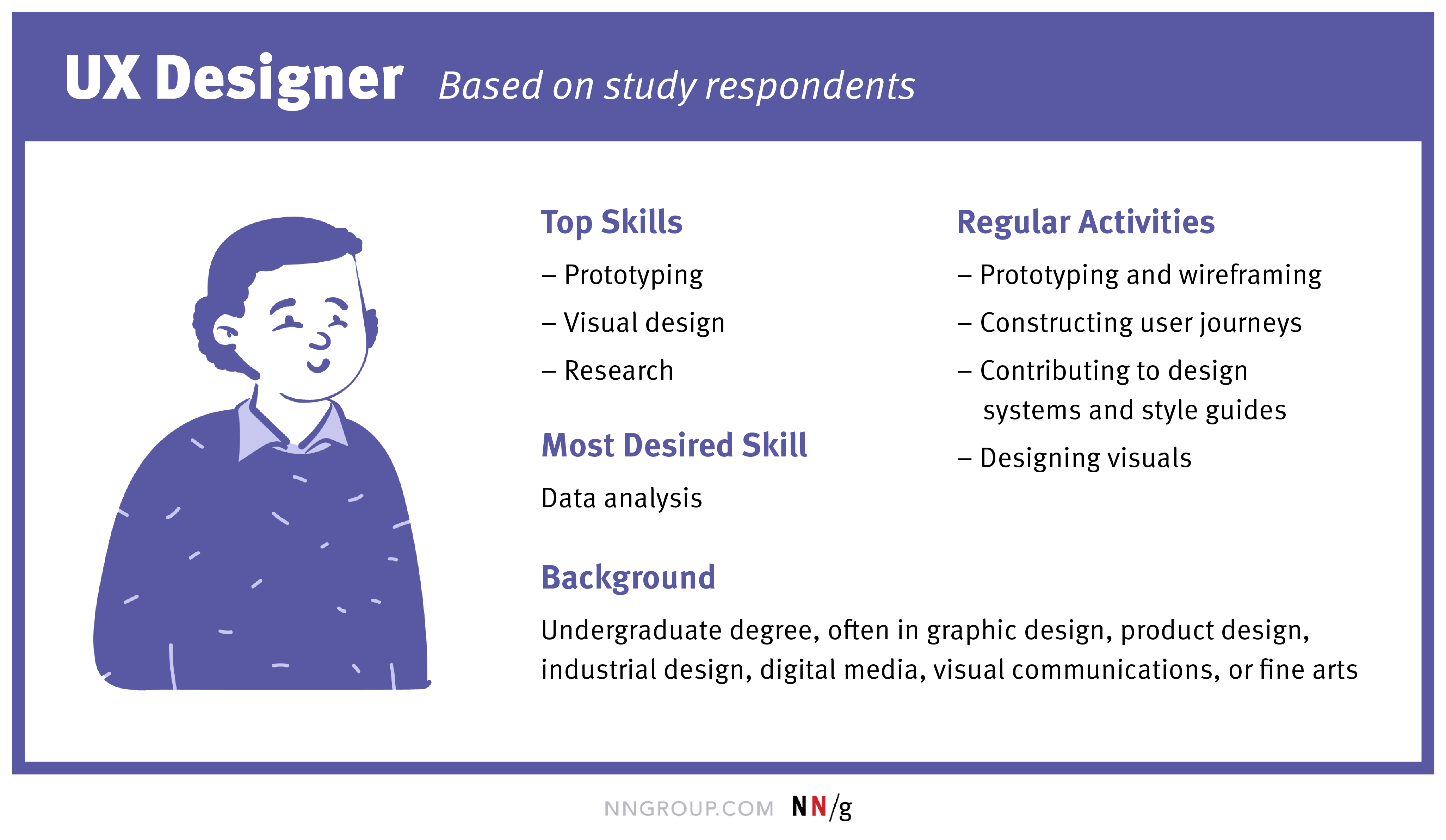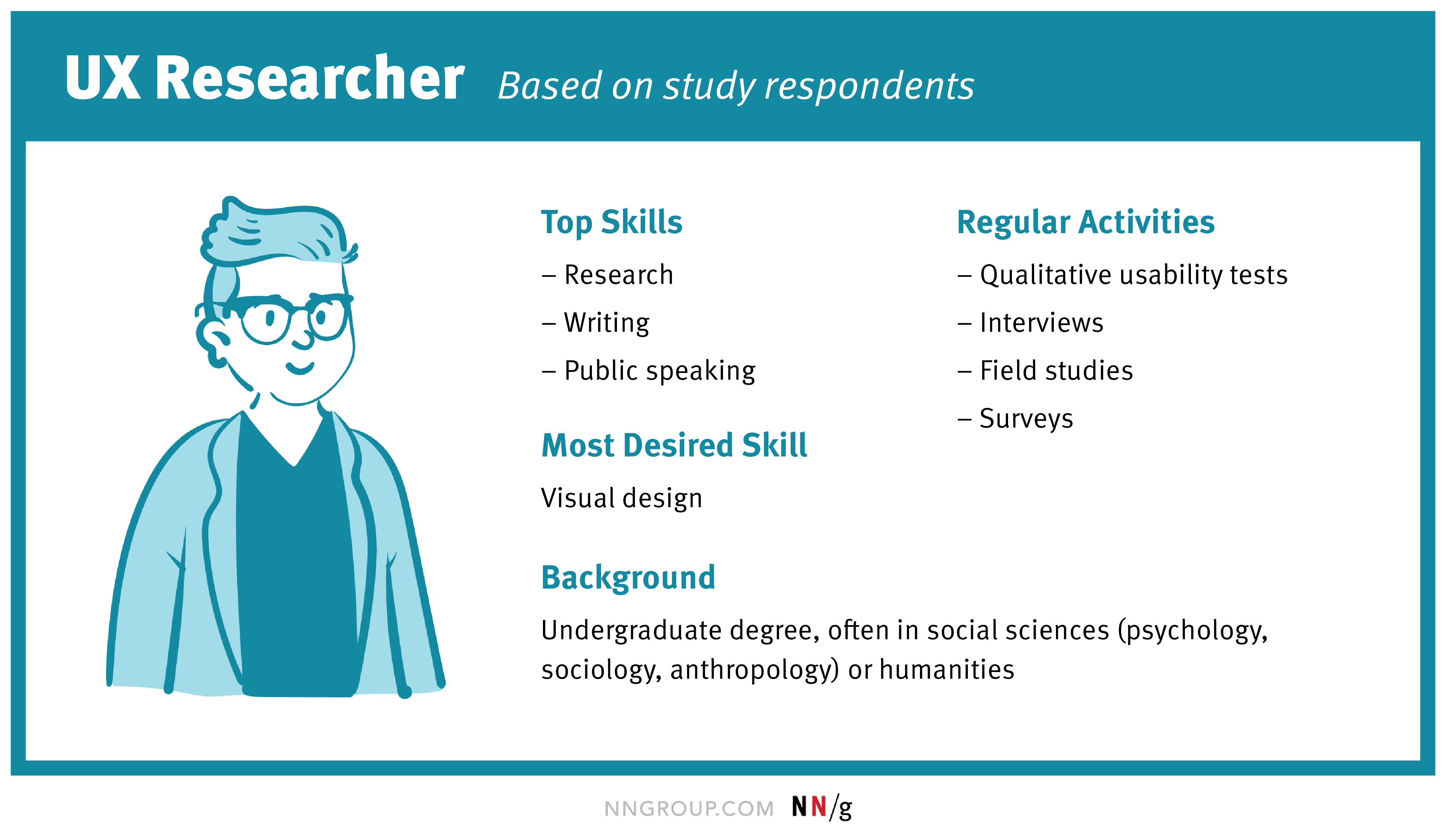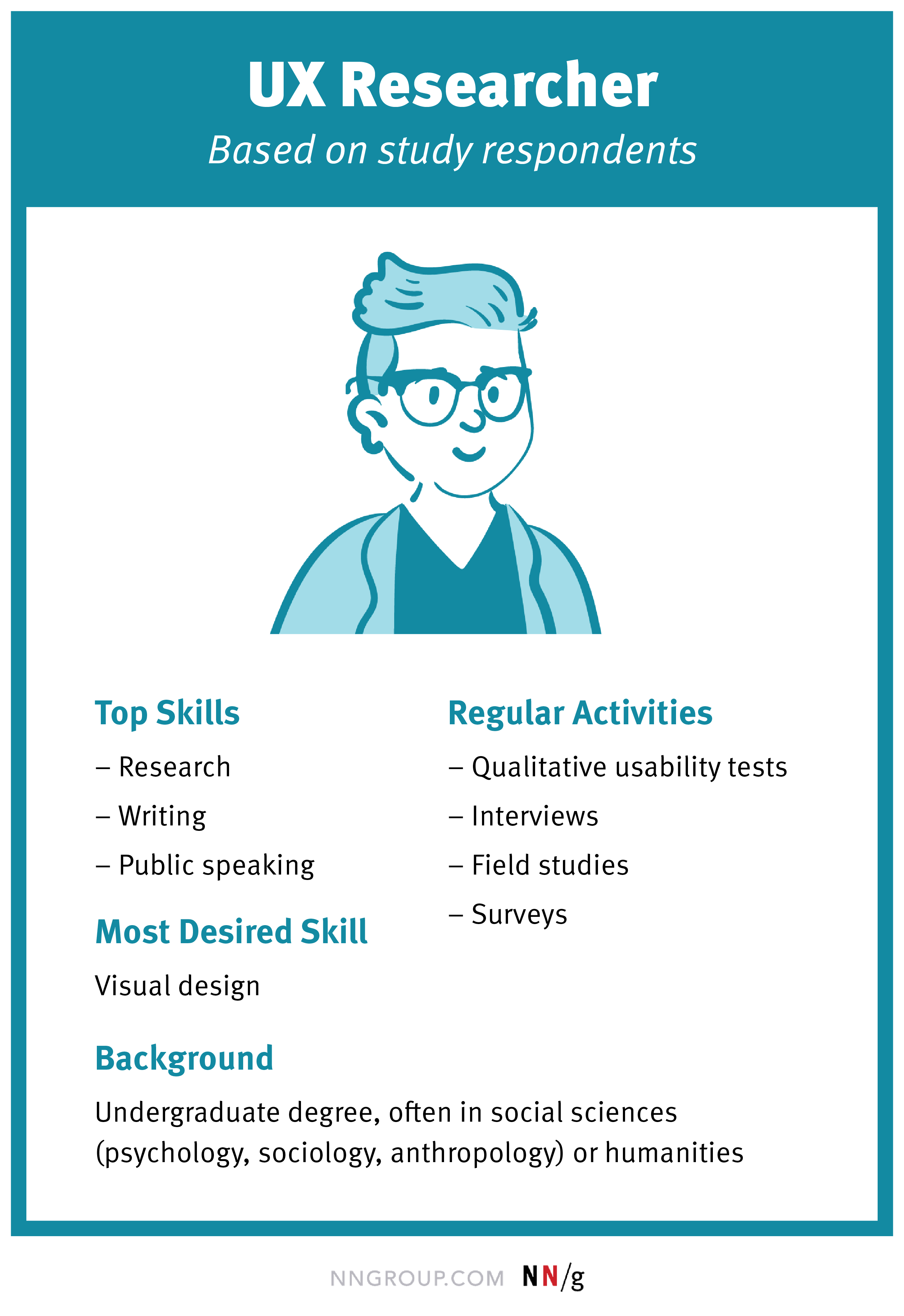We recently published the 2nd edition of our User Experience Careers report, 7 years after the 1st edition was published. Our report is free and a gift to the UX community.
The 2nd edition is based on several research studies carried out in 2019 and is based on responses from over 700 UX professionals. They included an online survey completed by 693 people, 2 focus groups, and 17 remote, semi-structured interviews, all carried out with UX professionals around the world.
What Hasn’t Changed?
UX practitioners are just as satisfied with their careers as they were in 2013; career satisfaction got an identical rating of 5.4 on a 1–7 scale (where 1 was completely dissatisfied, and 7 was completely satisfied). (The 95% confidence interval was from 5.27 to 5.46.) The comments around career satisfaction were grouped into these main reasons why people love their career in UX:
- Enjoying the process and the work
- Seeing the impact of their work
- Receiving recognition for their work
- Having opportunities to grow and excel
Job titles are almost as varied as they were in our original study, with our 2019 survey respondents reporting 134 unique job titles related to UX (slightly down from the 210 job titles reported in 2013, but we’re still far from any agreement on job titles). Likewise, the backgrounds of UX practitioners are still as diverse as they were in 2013, although one thing was common: the majority had a degree. This finding was also present in the 2013 study.
Industries hiring UX practitioners and the kinds of things UX practitioners work on are also much the same. For example, IT and software is still the largest hiring industry, followed by the finance and insurance industry, and consulting agencies. We did see some increase in the amount of work being done on mobile applications since 2013, and some UX practitioners are now working on AI products.
Finally, soft skills are still the most important skill set in gaining a job in the field and succeeding in it. While hard skills are desirable, hiring managers and UX practitioners alike see soft skills as a core requirement for a career in the field.
(For more information about our research with UX careers in 2013, see the article we published then.)
What’s New?
Since our first edition was published in 2013, UX has emerged as a field in many more countries around the world. In our most recent study, we received responses from 65 different countries, compared to 38 countries in our original study. We also had a larger representation of non-English speaking countries, which could be an indicator of how the UX field has grown outside of the Western world over the 6-year period between studies.
Our new report also analyzes the difference between UX roles, particularly between researchers, designers, and generalists. Although specialization is not new to the field, we had not performed this analysis in 2013. Some highlights of the differences between researchers and designers are given below.
The Designer Role in a Snapshot
Those with a UX designer role often have a broad range of responsibilities: from designing prototypes to collaborating with subject-matter experts or carrying out qualitative usability tests. Designers tend to have a design-related education and have skills in using prototyping tools and performing visual design. Many have front-end–coding skills.
One of our survey respondents had this to say about working as UX designer:
“The role of UX designer is a dream job for creative people who love to invent and get products into people’s hands. In the best environments, it’s pure creativity and invention, which is mostly unattainable with any other role.”


The Researcher Role in a Snapshot
Those with a UX researcher role are likely to have fewer responsibilities than designers, focusing on UX research, as opposed to information architecture, content strategy, or any kind of design work. Researchers tend to have fairly strong communication skills, used for either writing or public speaking — much more so than designers. They’re less likely to have front-end coding skills in HTML and CSS.
A UX researcher had this to say about the role:
“I really love what I do as a UX researcher. I really love the process of understanding the problem space, learning about the different people we design products and services for, and synthesizing those findings to help guide designers and product managers.”


Changing Careers
Our research also explored the experience of people transitioning into a career in UX from different fields. Since the field is still growing, anyone who is interested in and suited to the field can get a job in UX. Some of our survey, focus-group, and interview participants had previous careers before transitioning to UX. Their experience and knowledge of other fields, they believed, were helpful in getting into the UX field and in being capable and effective in their roles, as well as excelling quickly.
In some cases, it’s possible to slowly start doing UX at your organization without having to leave and find a new job. Several of our participants had this type of transition, and it’s probably a wise strategy as there is less of a requirement to prove your experience for the role. A participant in our interviews — a product designer from Nigeria — explained that he learned UX while working as a freelance graphic designer.
“Actually, I even learnt on the job, so I was freelancing prior to joining [name of employer], and so I had to convince clients, let's do user research! Let's not dive straight into design! And when I was able to do that, I was able to learn on the job.”
He was then able to apply for a role at a different company as a product designer with evidence in his portfolio that he had done user-centered design.
Advice for New UX Practitioners
We asked all of our participants if they had any advice for people new to the field. The top pieces of advice were:
- Keep learning and stay curious. Several participants mentioned continuous learning, which can be built up through reading, asking questions, and applying concepts to your own work.
- Respect others. There’s no room in UX for an overinflated ego and lack of respect. Being able to listen, collaborate, and appreciate others and their roles were listed as incredibly important traits of a successful UX practitioner.
- Be confident. Imposter syndrome and low confidence can get in the way of voicing your point of view, and may impact the ability to advocate best for users. But our participants advised to speak up and not to worry about asking silly questions, because these will pay off.
- Be in charge of your own career. Having a career in UX is not always perfectly defined. Our respondents advised UX practitioners to consider their strengths and weaknesses and be motivated to take their own career progression into their own hands.
The Full Report
The full report, User Experience Careers: What a Career in UX Looks Like Today, is free and available for download.





Share this article: